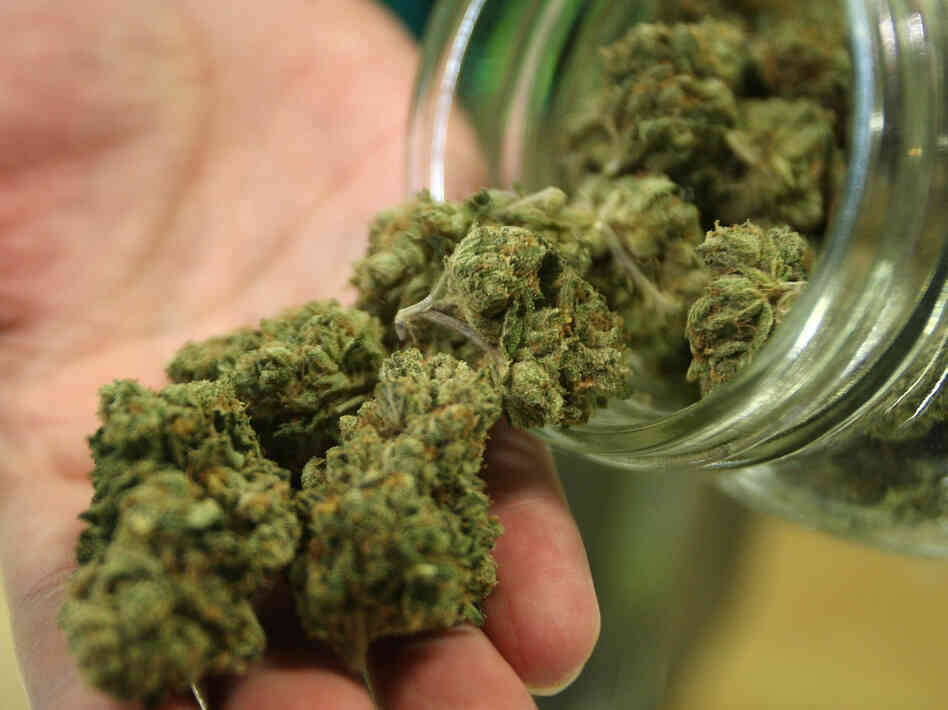Women have made great stride for equality in the last 100 years, but is close enough good enough? Woman can now vote, run for political office and run top companies. However there is still a large gap in equality in the workplace.

Women in 1963 were earning on average 53 cents for every dollar their male counterpart made and as of 2013 they have increased that average to 77 cents per dollar. That’s only a 24 cent increase in the last 50 years, and they are still 23 cents behind a man. Do they have to wait another 50 years to be seen as equals in the business world?

This is odd considering study the Center for American Progress and the Center for Economic and Political Research recently released. The study concluded that woman alone entering the workforce, over the last 30 years, were responsible for increasing the US economy by 11%.
One of the main reasons for the large inequality in the workforce lies in the inequality in home life. A survey conducted by the Harvard business review found that of woman who have had children 93% wanted to return to work, but only 74% managed to do so and only 40% were able to return to full time jobs.
This stresses the one sided approach to raising children and domestication that the US culture has instilled in families. Housewives still greatly outnumber house husbands, but in a never ending chase for equality it become in efficient economically speaking for the one working parent to be a woman because of the dive in household income to 77% of what they would otherwise have.

Inequality for woman is most easily seen in the business world but still exists in every sector of life. One easy example is marriage, in most marriages in the US today the woman takes the mans last name, or if she is feeling self-riotous she will hyphenated or keep her own, but how often do you see the man take the woman’s last name? These inequalities are not only bad for women but are damaging to men as well. If a man takes the woman last name or is a stay at home dad, he is seen as less masculine and weak, when in reality he is most likely more nurturing than his spouse and respects her as an equal.



















